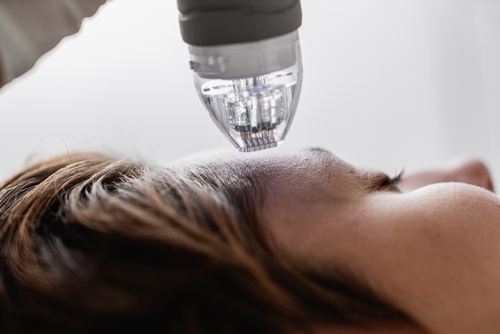The Benefits of Radiofrequency Microneedling
London Dermatology | 15 September 2024
Using rows of small needles, traditional microneedling involves putting them on the skin. The tiny incisions cause regulated micro-injuries, which in turn cause an inflammatory response. Before skin restoration begins, inflammation eliminates allergens and broken down cell debris.
Surface skin cells regrow and seal the injured regions during the healing phase. As part of the healing process, more collagen is produced. You will see the replacement of old surface skin cells with new ones at the conclusion of the acute healing period. Deeply thinning areas of the skin increase volume as a result of the production of new collagen.
In general, these modifications lessen skin laxity, level out skin tone, and smooth out wrinkles as though the skin had just grown a new layer. For skin resurfacing, microneedling is therefore often utilised.
Deep skin tissue layers are heated by radiofrequency waves emitted by the needle tips during RF microneedling. One kind of energy wave connected to lasers and light is called a radiowave. Nevertheless, radiofrequency waves heat up the tissues by producing an electric current rather than searching for coloured targets to evaporate.
Scars become softer as a result of aberrantly produced collagen strands being destroyed by the heat from the radiofrequency-charged needles. In addition, radiation causes inflammation and increases the synthesis of collagen. When combined, these effects lessen the visibility of scars and tighten up the skin.
If longer needles are used during the RF microneedling procedure, cellulite can also be eliminated. Subcutaneous fat shrinks and remodels as a result of the tiny injury zones that the heated needles cause in this deep layer of skin tissue.
RF microneedling generates heat, but it only affects the deep tissue layers. Melanocytes, or pigment-containing cells found in the outermost layers of skin, are unaffected. Because RF microneedling spares melanocytes, it has a benefit over laser resurfacing in that it does not result in post-inflammatory hyperpigmentation (PIH).

